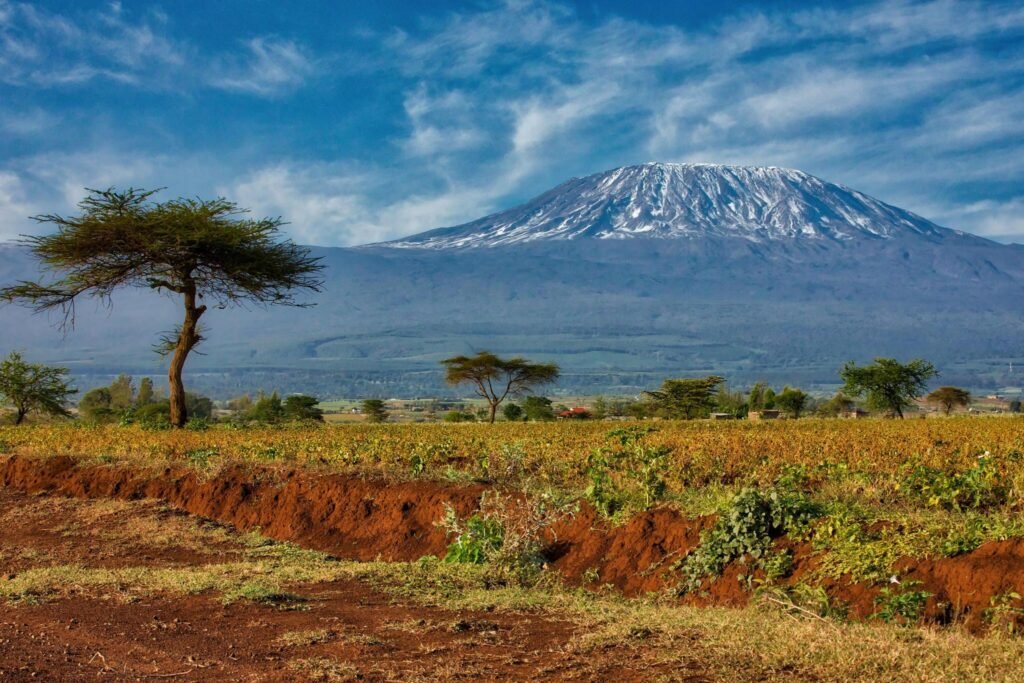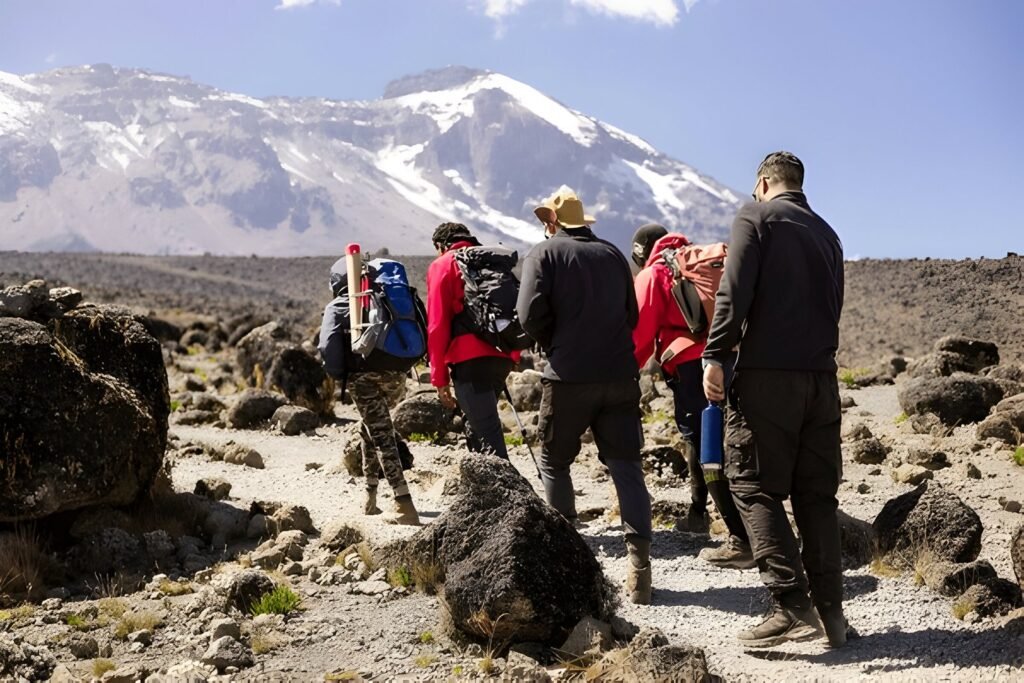Medicines for Acclimatization & Altitude Sickness : Climbing Mount Kilimanjaro is an incredible experience, but reaching its summit can be challenging due to the high altitudes. Many trekkers face the risk of altitude sickness, which occurs when your body struggles to adjust to the reduced oxygen levels at higher elevations. The good news is that there are proven medicines and techniques to help with acclimatization, ensuring your body adjusts properly, so you can safely enjoy your Kilimanjaro adventure.
In this guide, we’ll explore the best medicines for altitude sickness and acclimatization, helping you prepare for a safe and successful trek.

Medicines for Acclimatization & Altitude Sickness : What Is Altitude Sickness?
Altitude sickness—also known as acute mountain sickness (AMS)—is a condition that occurs when your body has difficulty adjusting to lower oxygen levels as you ascend to higher altitudes. Symptoms range from mild to severe and can include:
- Headaches
- Nausea
- Dizziness
- Fatigue
- Shortness of breath
Without proper acclimatization, altitude sickness can worsen and lead to more serious conditions such as high-altitude pulmonary edema (HAPE) or high-altitude cerebral edema (HACE). Therefore, it’s important to understand how to prevent and treat altitude sickness on Kilimanjaro.
Learn more about altitude sickness symptoms and treatment.
Medicines for Acclimatization & Altitude Sickness : Essential Medicines for Acclimatization and Altitude Sickness
Several medications can help prevent or alleviate altitude sickness symptoms while you’re climbing Kilimanjaro. It’s important to consult with your doctor before your trip to determine which medicines are right for you and to ensure you use them safely.
1. Acetazolamide (Diamox)
Acetazolamide, commonly known by the brand name Diamox, is the most widely used medication for altitude sickness prevention. It helps your body acclimatize more quickly by encouraging deeper, faster breathing and reducing fluid build-up in the body.
- Dosage: Typically, trekkers start taking Diamox 1-2 days before ascending and continue until they reach lower altitudes.
- Side Effects: Mild side effects include tingling in the fingers, toes, or face, and increased urination.
Learn more about Diamox and how it works.
2. Dexamethasone
Dexamethasone is a corticosteroid that can be used to treat severe symptoms of altitude sickness, particularly HAPE and HACE. While it’s not typically taken as a preventive medicine, it can be life-saving if serious symptoms occur during your trek.
- Usage: Dexamethasone is often reserved for emergencies, but you should carry it in your first aid kit as a precaution.
- Dosage: Administered in pill form or as an injection, but only under medical supervision.
Learn more about dexamethasone use in altitude sickness treatment.
3. Ibuprofen or Paracetamol
For mild symptoms of altitude sickness, over-the-counter pain relievers like ibuprofen or paracetamol (acetaminophen) can help alleviate headaches, body aches, and discomfort. These medications are helpful for treating less severe symptoms that may occur during your ascent.
- Dosage: Take as needed to manage headache pain, but follow recommended dosages to avoid overuse.
Read more about the use of ibuprofen for altitude headaches.
Medicines for Acclimatization & Altitude Sickness : Non-Medication Methods for Acclimatization
Along with using medications, there are several natural ways to help your body acclimatize to high altitudes and prevent altitude sickness.
1. Follow the “Climb High, Sleep Low” Rule
One of the best ways to acclimatize is by following the “climb high, sleep low” strategy. This means ascending to a higher altitude during the day and then descending to a lower altitude for the night. By doing this, your body has more time to adjust to the reduced oxygen levels.
Most Kilimanjaro routes, like the Lemosho or Machame route, offer ample time for acclimatization, allowing you to ascend gradually and reduce your risk of altitude sickness.
Learn more about the best acclimatization practices.
2. Stay Hydrated
Drinking plenty of water is essential at high altitudes, as dehydration can worsen altitude sickness symptoms. Aim to drink at least 3-4 liters of water per day while trekking to keep your body hydrated and functioning properly.
Learn more about staying hydrated at altitude.
3. Ascend Slowly
A gradual ascent is key to avoiding altitude sickness. If possible, choose a longer route up Kilimanjaro, such as the Lemosho or Northern Circuit route, both of which provide extra days for acclimatization. Slower ascents give your body more time to adjust to the changing oxygen levels, significantly reducing the chances of developing serious altitude sickness.
For a safe and well-paced trek, consider booking with experienced guides like Kilimanjaro Climb Specialist.
Medicines for Acclimatization & Altitude Sickness : Tips for Preventing Altitude Sickness on Kilimanjaro
In addition to using medications and following proper acclimatization techniques, there are several other practical tips to help you prevent altitude sickness while climbing Kilimanjaro:
1. Avoid Alcohol and Smoking
Alcohol and smoking can both reduce your body’s ability to acclimatize and may increase your risk of altitude sickness. It’s best to avoid both substances during your climb to ensure your body functions optimally.
2. Eat Light but Nutritious Meals
Your body needs energy to function at high altitudes, but digestion can be more difficult due to reduced oxygen. Focus on eating light, nutrient-rich meals that are easy to digest, such as fruits, vegetables, and complex carbohydrates. Avoid heavy, greasy foods that can weigh you down.
Check out top nutrition tips for high-altitude trekking.
3. Listen to Your Body
One of the most important things you can do while climbing Kilimanjaro is to listen to your body. If you start experiencing altitude sickness symptoms, notify your guide and descend to a lower altitude if necessary. Ignoring symptoms can lead to more serious conditions that may jeopardize your climb.

Medicines for Acclimatization & Altitude Sickness : Planning a Safe Kilimanjaro Trek
Climbing Kilimanjaro is an incredible adventure, but it’s essential to plan properly for altitude acclimatization. Working with knowledgeable guides can ensure you take the right steps to stay safe. Consider booking a Kilimanjaro trek with Kilimanjaro Climb Specialist for expert guidance on acclimatization and altitude sickness prevention.
You can also combine your Kilimanjaro trek with an unforgettable wildlife safari. Visit Eddy Tours & Safaris for tailored safari and trekking packages, ensuring a seamless adventure from summit to savanna.
Conclusion: Medicines for Acclimatization & Altitude Sickness
Altitude sickness is a common concern for Kilimanjaro climbers, but with the right medicines and acclimatization practices, you can minimize your risk and increase your chances of a successful summit. Whether you’re using Diamox, following the “climb high, sleep low” rule, or simply staying hydrated, preparation is key to conquering Kilimanjaro.
For expert advice and guided tours, visit Kilimanjaro Climb Specialist or plan your dream safari and trek combo with Eddy Tours & Safaris.

